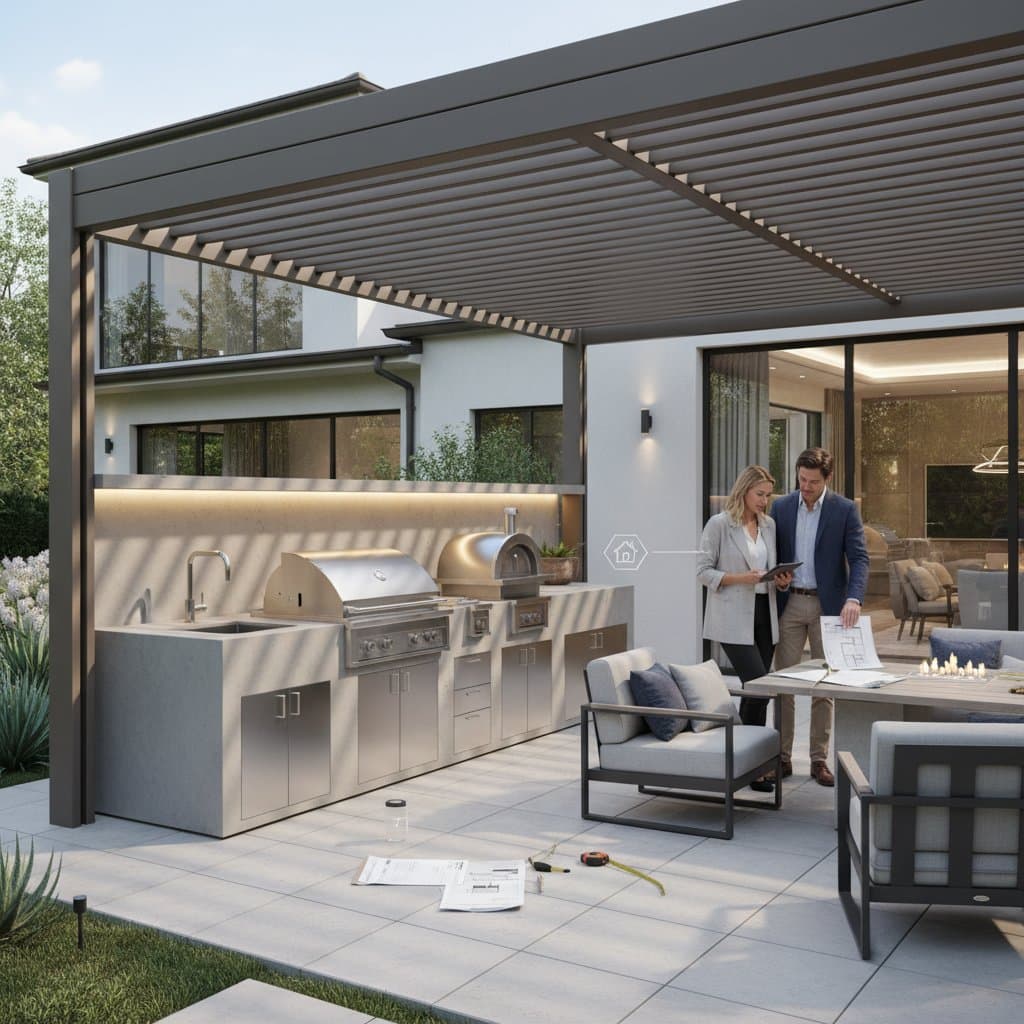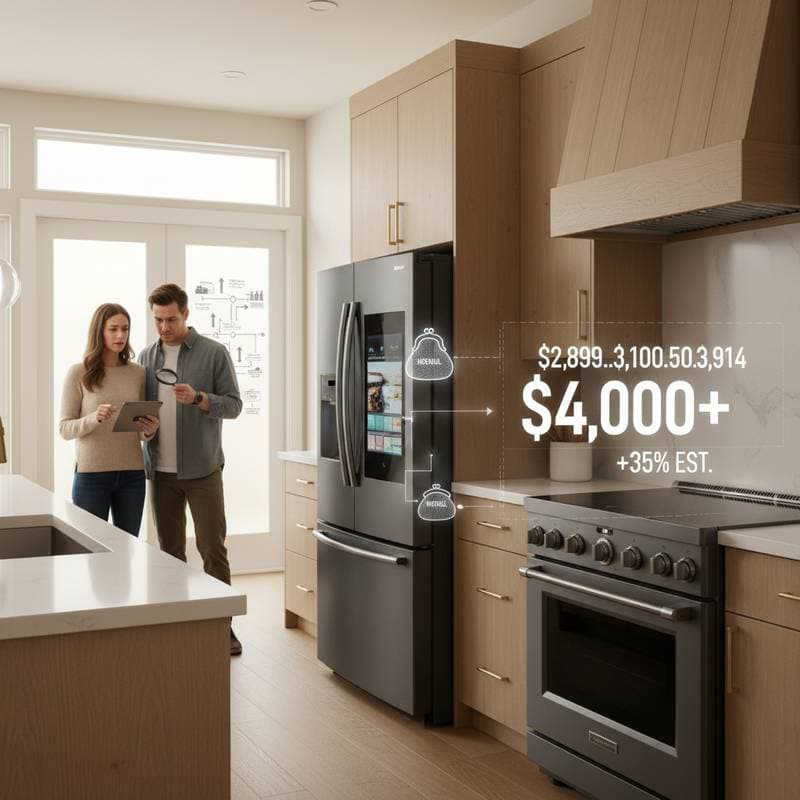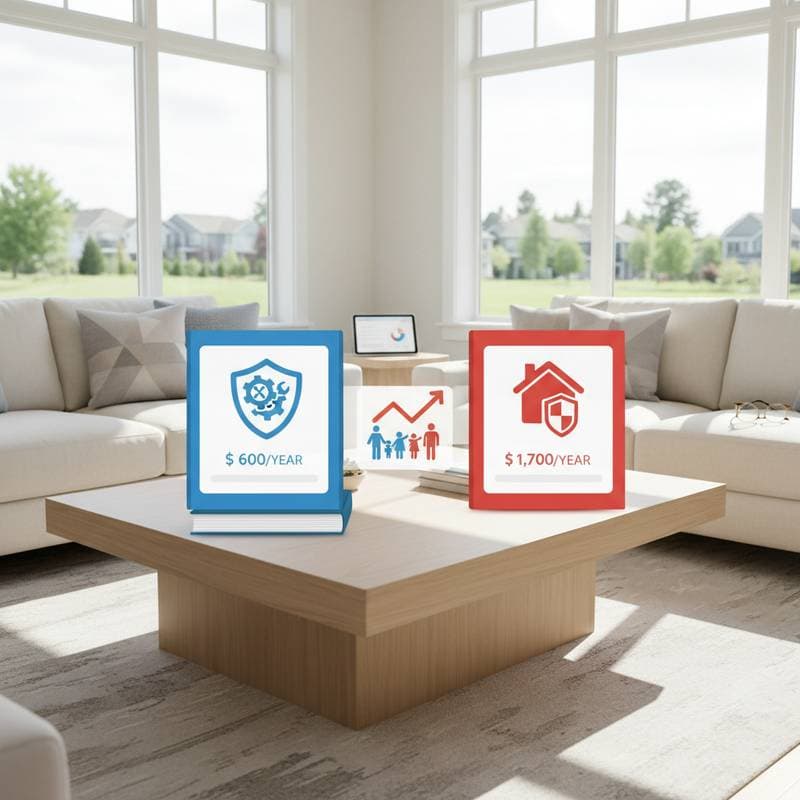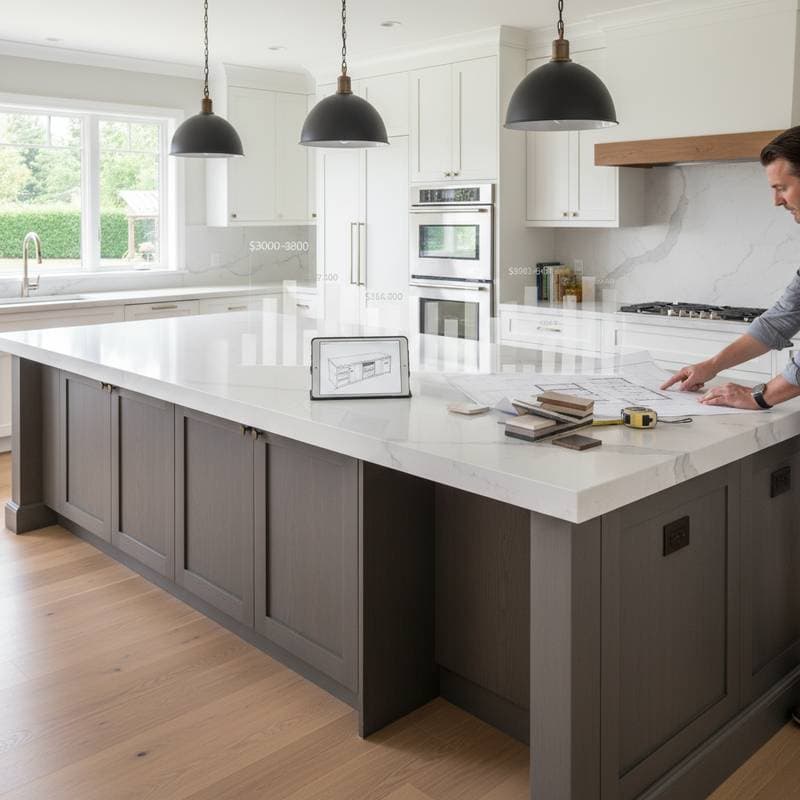Real Costs of Outdoor Kitchen Installation in 2025
Outdoor kitchens offer homeowners a way to extend living spaces and enhance entertaining options. These installations blend functionality with aesthetic appeal, yet they involve significant financial commitments. Understanding the full spectrum of costs helps individuals make informed decisions and avoid surprises during the planning process.
In 2025, rising material prices and labor demands influence overall expenses. Factors such as location, customization level, and site preparation play key roles in determining the final investment. This guide breaks down essential cost components, highlights potential hidden fees, and provides strategies for effective budgeting.
Breaking Down the Core Costs
The foundation of any outdoor kitchen lies in its structural elements. Basic frameworks start with concrete slabs or pavers for the base, which can range from $5,000 to $15,000 depending on size and terrain challenges. For a standard 200-square-foot setup, expect to allocate at least $8,000 for this phase alone.
Countertops represent another major expense. Granite or quartz options provide durability against weather exposure, costing between $50 and $150 per square foot installed. Homeowners often overlook the need for sealed edges to prevent water damage, which adds 10 to 20 percent to the material budget.
Appliances form the heart of the kitchen. A built-in grill, refrigerator, and sink typically total $3,000 to $10,000. High-end models with smart features, such as temperature-controlled storage, push prices higher, but they offer better energy efficiency over time.
Utility Connections and Infrastructure
Connecting to existing utilities demands careful planning. Gas lines for grills or stoves require professional installation, averaging $1,500 to $4,000 if trenches must be dug across the yard. Electrical wiring for lighting and outlets adds $2,000 to $5,000, including permits and safety inspections.
Water supply for sinks or ice makers involves plumbing extensions that cost $1,000 to $3,000. In areas with rocky soil, these connections become more complex and expensive. Always consult local codes to ensure compliance, as violations lead to rework fees.
Drainage systems prevent water pooling and erosion. Installing a proper French drain or grading the area might add $500 to $2,000. Neglecting this aspect results in long-term issues like foundation shifts or appliance failures.
Design and Customization Expenses
Professional design services elevate the project's outcome. Architects or landscape designers charge $2,000 to $5,000 for detailed plans that integrate the kitchen with the surrounding landscape. DIY sketches save money but risk structural flaws or inefficient layouts.
Custom features, such as pizza ovens or beverage centers, increase costs by 20 to 50 percent. For instance, a wood-fired oven installation runs $4,000 to $8,000, including ventilation hoods to manage smoke. Select elements that align with frequent use patterns to justify the expenditure.
Permits and inspections vary by municipality. Urban areas impose fees of $500 to $2,000, while rural zones may require environmental assessments. Factor in these regulatory costs early to avoid delays that inflate labor charges.
Labor and Contractor Considerations
Hiring skilled contractors ensures quality execution. General labor for assembly and installation averages $10,000 to $25,000 for a mid-range project. Rates depend on regional standards; coastal regions command premiums due to demand.
Obtain at least three detailed bids to compare scopes. Verify contractor licenses, insurance, and references to mitigate risks of subpar work. A written contract should specify timelines, payment schedules, and change order procedures.
Hidden Fees and Long-Term Maintenance
Beyond initial outlays, ongoing expenses emerge. Annual maintenance, including cleaning seals and inspecting connections, totals $500 to $1,500. Weatherproof covers for appliances cost $200 to $500 and extend equipment life.
Warranties cover defects but exclude normal wear. Read all exclusions carefully and retain copies of manufacturer warranties. Extended plans for $300 to $800 provide peace of mind against unexpected repairs.
Resale value considerations matter for future homeowners. Well-maintained outdoor kitchens boost property prices by 5 to 10 percent, according to real estate trends. Poorly planned setups, however, diminish appeal and require costly fixes.
Budgeting Strategies for Success
Start with a comprehensive budget that allocates 10 percent for contingencies. Prioritize essential components like cooking surfaces and storage over decorative elements. Use online calculators from reputable sources to estimate totals based on your specifications.
Finance options include home equity loans or personal lines of credit, with interest rates around 7 percent in 2025. Compare terms to minimize long-term costs. Phased construction allows spreading payments while building core features first.
Evaluate return on investment by assessing usage frequency. Families that host gatherings weekly benefit most from durable, versatile designs. Track expenses with spreadsheets to monitor progress and adjust as needed.
Protecting Your Outdoor Kitchen Investment
Routine inspections every six months catch issues early. Clean surfaces with mild solutions to prevent buildup, and lubricate moving parts on grills. Store seasonal items properly to avoid theft or damage.
Choose materials resistant to UV rays and moisture, such as stainless steel for cabinets. These selections reduce replacement needs and maintain appearance. Document all work with photos for warranty claims or resale documentation.
By addressing these elements proactively, homeowners transform backyards into enduring spaces. The result yields not only practical utility but also enhanced lifestyle quality for years ahead.



